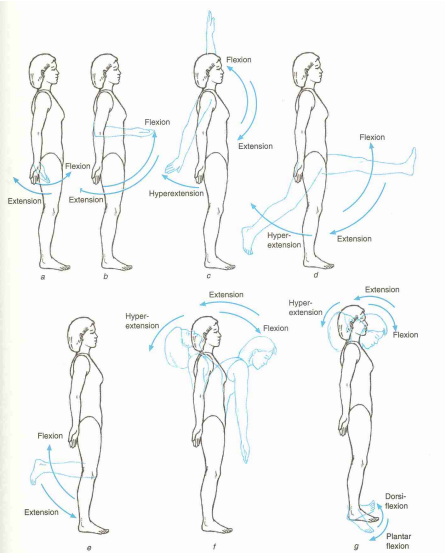Do you ever wonder what plane of motion you are moving in during an exercise? Probably not…
BUT you may wonder why some muscles get stronger than others. Often times we exercise more in a single plane of motion which can lead to muscle imbalances. Continue reading to learn a little bit about how your body moves.
The body moves in 3 different planes of motion and different movements occur in each plane.
Let’s dive a little deeper into each one.
Sagittal Plane
Divides the body into right and left sections
Movements that occur along the sagittal plane:
Forward and back motions
Flexion: bending joint or moving two bones closer to each other
(joint angle decreases)
Extension: straightening joint or moving two bones further from each other
(joint angle increases)
Exercise examples:
Squat, deadlift, bicep curl, overhead press, pull-up, thruster, box jump, stairs, running/walking
Frontal
Divides the body into front and back sections
Movements that occur along the frontal plane:
Side to side motions/trunk side bending
Abduction: limb moves away from body (further from midline)
Adduction: limb moves towards body (closer to midline)
Exercise examples:
Lateral lunge, side lateral raise, side steps/side shuffle, side step-up
Transverse
AKA horizontal plane. Divides the body into top and bottom sections
Movements that occur in the transverse plane:
Twisting or rotational motion
Internal/medial rotation: bone/limb turns inward
External/lateral rotation: bone/limb turns outward
Exercise examples:
Russian twists, swinging a bat or golf club, wood chop, landmine rotations
As you can see, it is important to perform exercises from all planes of motion to be muscularly well-rounded and more resilient.
If you need help improving your exercise variety contact us!
Written by Beth Ansley, PT, DPT, OCS, CF-L1
For questions contact me at beth@arrowptseattle.com

















